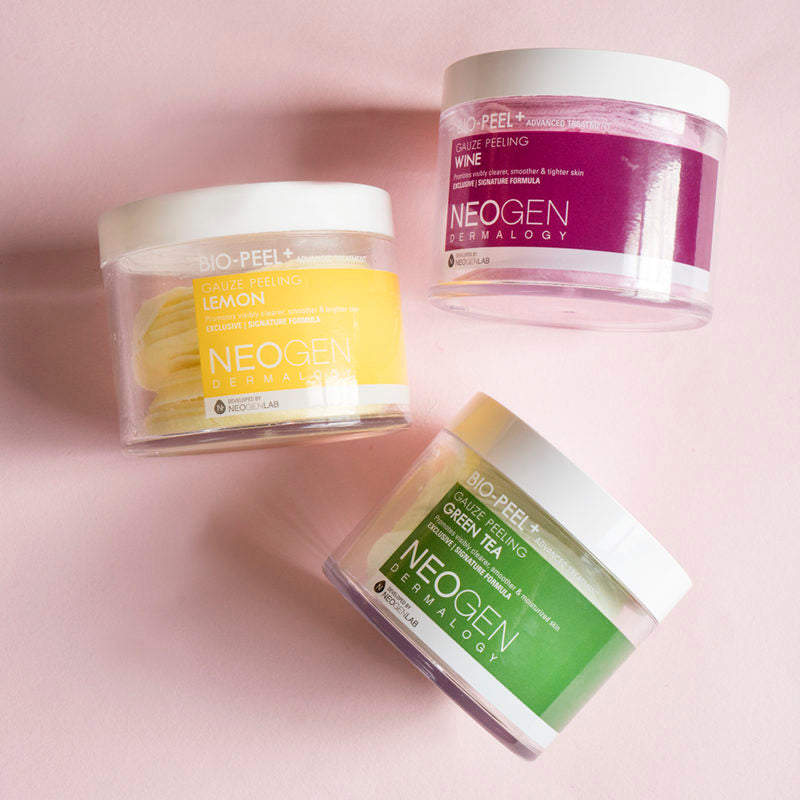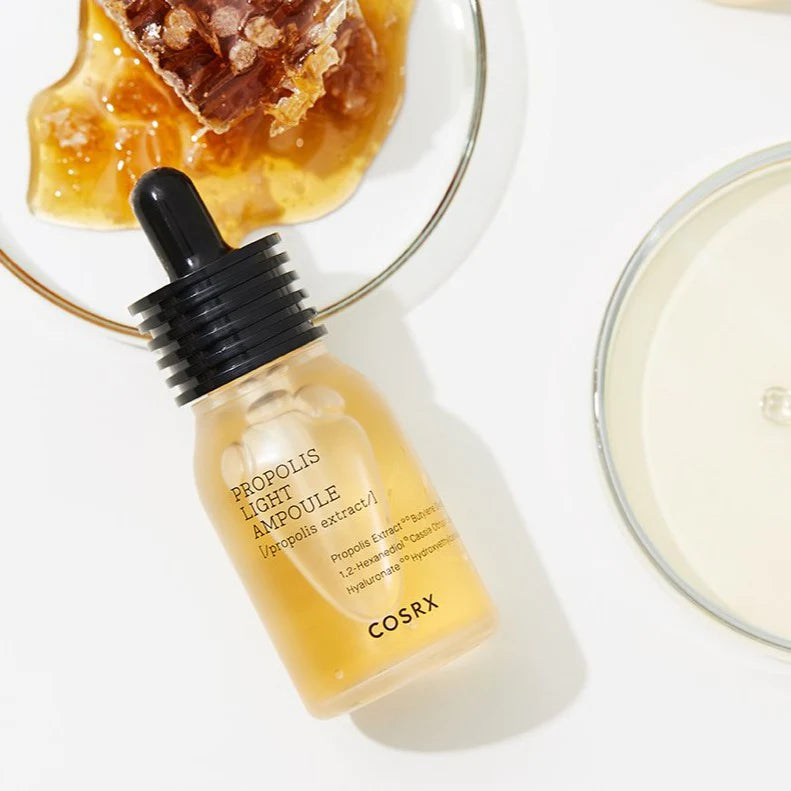
Exfoliation is a fundamental step in skin care: it helps remove dead cells from the skin's surface, stimulates cell renewal and can improve the appearance and texture of the skin. But how do you exfoliate correctly? Here's a guide to help you understand better.
1. Chemical exfoliation and mechanical exfoliation
-
Chemical exfoliation : This form of exfoliation uses chemical ingredients, such as acids (e.g. salicylic, glycolic, lactic acid) to gently dissolve dead skin cells. Chemical exfoliants are often formulated as toners, serums, or creams. They are ideal for people with sensitive skin or those who want a less abrasive solution.
-
Mechanical exfoliation : This method uses abrasive products (such as cotton pads with double smooth and rough sides) to physically remove dead cells. Exfoliating scrubs, sponges, and brushes are examples of mechanical exfoliants. They are great for those who want a deep cleansing sensation and immediate results, but they can be too harsh for some skin.
2. Frequency
The ideal frequency for exfoliation varies based on the method you choose and your individual skin needs. In general, most people find it beneficial to exfoliate 1 to 2 times a week. However, it is important to pay attention to your skin's reactions and adjust the frequency accordingly. If you notice redness or irritation, you may need to reduce the frequency or change your exfoliation method.
3. Warnings and advice
- Sensitivity : If your skin becomes red, irritated, or dry after exfoliating, you may need to reduce the frequency or change your method.
- Sunscreen : After exfoliating, your skin may become more sensitive to UV rays. Be sure to apply a sunscreen before going outdoors.
- Double exfoliate : Avoid using both chemical and mechanical exfoliants at the same time, as this may be too harsh on your skin.
Exfoliation is a valuable step in keeping your skin fresh and radiant. Choose the method that best suits your skin type and follow a regular routine for best results. Happy exfoliation!







